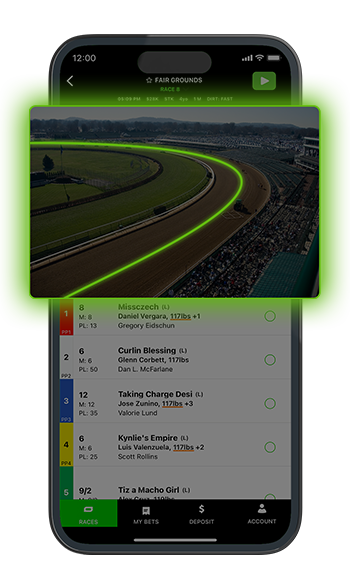
How Long is a Furlong in Horse Racing?

How Long is a Furlong in Horse Racing?
Breaking Down Furlongs in Horse Racing
Ever wondered, "how long is a furlong in horse racing?" Well, let's break it down. A furlong, a common unit of measurement in horse racing, is equal to one-eighth of a mile or 220 yards. The term 'furlong' comes from the Old English word 'furlang,' which means 'furrow length,' a measure based on a plowed field's length.
Both bettors and fans need to understand horse racing distances to comprehend the race dynamics fully. The length of a race can often determine the winner, as many races are decided by mere inches. In this piece, we'll dive into the concept of furlongs in horse racing, their influence on the race, and answer common questions about this unit of measurement.

Decoding Horse Racing Distances
Horse racing distances can range from a few furlongs to several miles, each demanding a unique strategy from jockeys and horses. Shorter races, known as sprints, typically span five to six furlongs, focusing on speed and quick acceleration. Longer races, like marathons, can cover one and a half to three miles or more, demanding endurance and stamina from the horses.
The number of furlongs in a race significantly influences the jockey's strategy and the horse's running style. In shorter races, jockeys aim for a fast start, using their horse’s speed to secure an early lead. In contrast, longer races require a more measured approach, with jockeys often keeping their horses behind the leaders before making a strategic move towards the end.
The Importance of Length in Horse Racing
The measurement of length in horse racing is integral in determining race outcomes and evaluating horse performance. A length is equivalent to the length of a horse from its nose to its tail. This standardized measurement allows for fair and accurate comparisons between horses in a race.
Accurate length measurements are crucial in determining race results. They establish the finishing order and the margin between horses, which directly influence the outcome of wagers placed on the race. Precise measurements ensure fair competition and provide valuable information for bettors and horse racing enthusiasts.
Typical Distances in Horse Racing
Horse races can vary greatly in length. Each distance has its own characteristics and is associated with different types of races. One of the most renowned distances in horse racing is the furlong, primarily used in Thoroughbred racing, and equivalent to one-eighth of a mile or 220 yards. This distance is often used in sprint races, where horses showcase their speed over shorter distances.
However, some races cover a mile or more. A mile, comprising eight furlongs, is often considered a standard distance for many races. Races at a mile require a balance of speed and stamina, as horses must maintain a steady pace throughout the race.
Famous races associated with specific distances include the Kentucky Derby, which is run at a distance of 1 and 1/4 miles, and the Belmont Stakes, the longest race in the Triple Crown series, covering 1 and 1/2 miles.
The selection of race distances is determined by several factors, including the type of race, horse breed, and track conditions. For example, dirt tracks are typically used for shorter distances, while turf tracks often host longer races. The distance of a race can also influence the strategies employed by jockeys and trainers, as they must consider their horses' strengths and weaknesses.
At DK Horse, we understand the importance of horse racing knowledge. Our platform offers exciting horse racing contests and a variety of betting options. Join us today to experience the thrill of horse racing!
